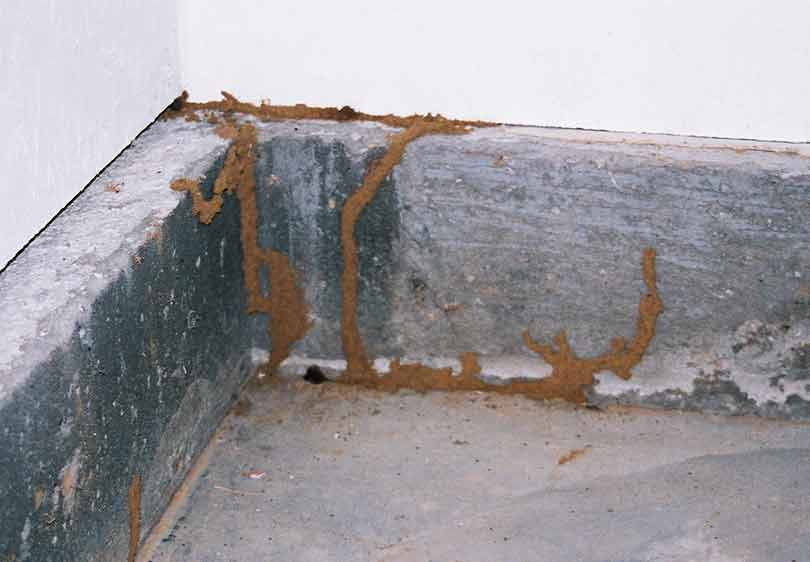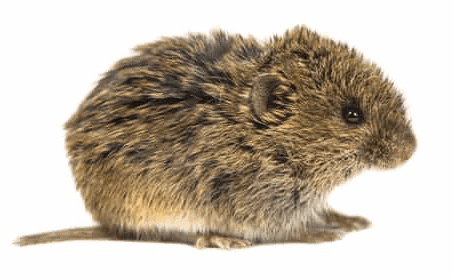Reliable Parasite Control Solutions for Vole Infestations

In the world of insect control, vole infestations offer a special challenge that requires a strategic technique. These small rats, frequently mistaken for computer mice, can cause considerable damages to gardens, yards, and plants if left unattended. As property owners come to grips with the nuisance of voles tunneling via their landscapes, the quest for effective options comes to be critical. By delving right into the ins and outs of vole actions and checking out a series of control methods, an extensive bug monitoring strategy tailored to these elusive animals can be crafted. From natural repellents to ingenious capturing strategies, the collection versus vole infestations is multi-faceted. Furthermore, the combination of different strategies under an overarching parasite control technique supplies a promising course towards mitigating vole-related challenges.
Comprehending Vole Habits
Voles, small rats generally discovered in yards and fields, show unique behavior patterns that are crucial to recognize when carrying out bug control steps - vole control utah county. These animals are prolific miners, producing a comprehensive network of passages underground where they nest, store food, and seek sanctuary from predators and stormy weather condition. Voles are herbivores and primarily eat turfs, seeds, light bulbs, and origins, making fields and yards perfect habitats for them
One key behavior of voles is their quick rate of reproduction. Ladies can bring to life multiple clutters each year, with clutter sizes varying from 3 to six dogs. This high reproductive capacity enables vole populaces to rapidly increase, resulting in problems if left unattended.
Recognizing vole behavior likewise entails recognizing their patterns of motion and foraging. Voles develop surface area runways in grassy locations as they travel between their burrows and food resources. By observing these paths and the locations of burrow entryways, parasite control experts can determine high-traffic locations and purposefully place traps or deterrents to successfully take care of vole populations.
Natural Repellents and Deterrents
With an understanding of vole behavior as a structure, discovering all-natural repellents and deterrents ends up being necessary in successfully taking care of vole problems in fields and gardens. Additionally, including killer urine, such as that of coyotes or foxes, around the yard boundary can create a natural obstacle that signifies risk to voles, encouraging them to remain away.
Moreover, utilizing castor oil-based repellents can interfere with vole tunnels as they find the scent and taste undesirable, triggering them to transfer. Mulching with materials like crushed rock, lava rocks, or rugged sand can additionally discourage voles as they do not like digging via these rough materials. Executing a mix of these natural repellents and deterrents can assist effectively handle vole populaces in a non-toxic and lasting fashion, protecting plants and gardens from vole damages.
Capturing Techniques for Voles

Break catches are developed to kill voles immediately upon activation. These catches must be placed in locations where voles are understood to take a trip, such as close to burrow entrances or along their paths. It is necessary to inspect snap catches on a regular basis and get rid of any recorded voles quickly to ensure the performance of the trapping procedure.
Live traps are an extra humane alternative for those who desire to capture voles without damaging them. When a vole is captured in a live catch, it can be safely transported to her latest blog a various area and released unscathed. Live traps must be checked often to avoid anxiety or harm to the caught voles.
When establishing traps for voles, it is vital to consider their behavior and routines to raise the possibility of success (vole control service). By utilizing the appropriate trapping methods, vole populaces can be effectively handled, lowering the damage they cause to farming and yard locations
Executing Physical Barriers
To additionally strengthen the protection against vole invasions, the calculated application of physical barriers emerges as a proactive measure to safeguard Get More Info agricultural and yard locations. Physical barriers such as wire mesh, hardware towel, or fencings can be set up underground to avoid voles from burrowing into yards or fields.
In addition, the usage of tree guards or trunk covers made of metal or plastic can secure tree trunks from vole damages during winter season when various other food resources are scarce. These guards need to prolong above the expected snow line to avoid voles from gnawing on the bark. Normal evaluation and maintenance of these obstacles are important to guarantee their continued performance in preventing vole invasions and protecting useful crops and plants.
Integrated Parasite Administration Techniques
Incorporating different pest control approaches, including organic controls, habitat manipulation, and tracking, forms the basis of reliable Integrated Insect Management methods for attending to vole infestations. Organic controls involve presenting all-natural predators of voles, such as snakes or straight from the source owls, to the damaged area to assist reduce vole populations. Environment manipulation concentrates on modifying the atmosphere to make it much less positive for voles, such as reducing ground cover or getting rid of food resources. Monitoring plays a critical role in Integrated Bug Management by enabling for the very early detection of vole invasions and analyzing the efficiency of control techniques used.
Final Thought
In verdict, effective insect control options for vole problems involve comprehending vole actions, making use of all-natural repellents and deterrents, implementing trapping techniques, and setting up physical barriers. Integrated bug monitoring approaches can also be employed to deal with vole invasions thoroughly. By incorporating these approaches, homeowner can successfully alleviate and handle vole populations without the requirement for excessive pesticide usage.
With an understanding of vole habits as a structure, exploring all-natural repellents and deterrents ends up being crucial in efficiently managing vole problems in areas and gardens. Implementing a mix of these all-natural repellents and deterrents can assist successfully manage vole populaces in a sustainable and non-toxic manner, guarding crops and gardens from vole damage.
Incorporating different parasite control approaches, consisting of organic controls, environment manipulation, and tracking, forms the basis of reliable Integrated Bug Monitoring strategies for dealing with vole infestations. Biological controls include presenting natural killers of voles, such as snakes or owls, to the damaged area to aid minimize vole populaces (vole control service).In final thought, reliable pest control services for vole invasions entail comprehending vole habits, making use of natural repellents and deterrents, executing trapping methods, and establishing up physical obstacles